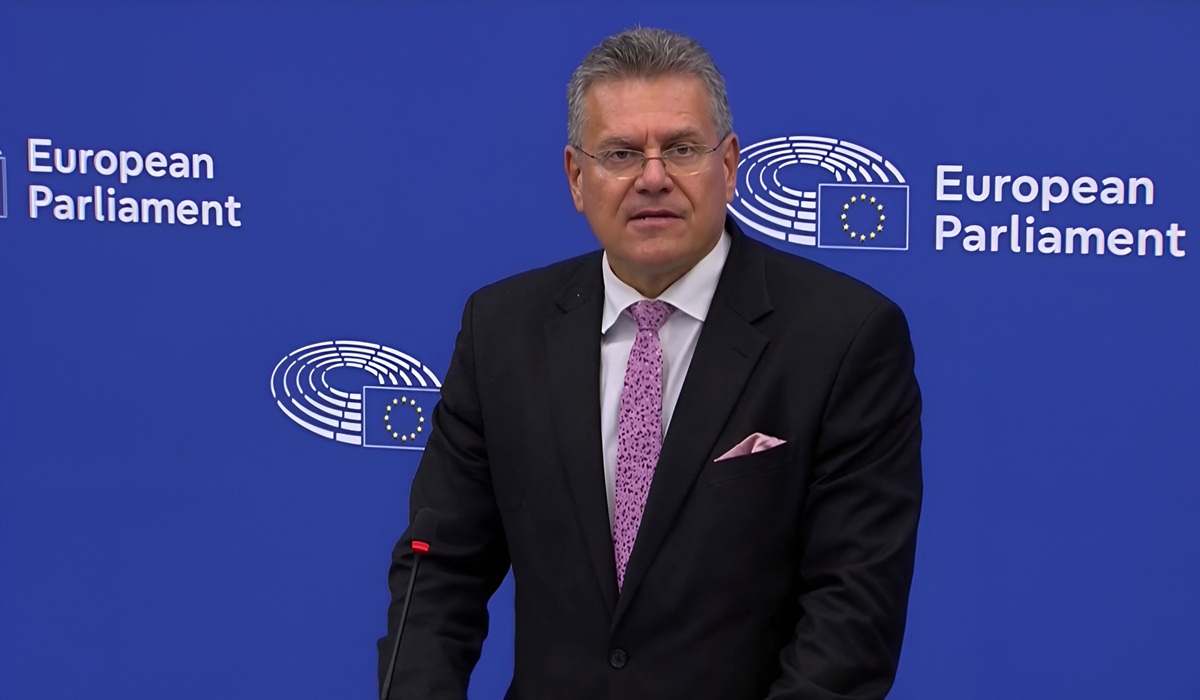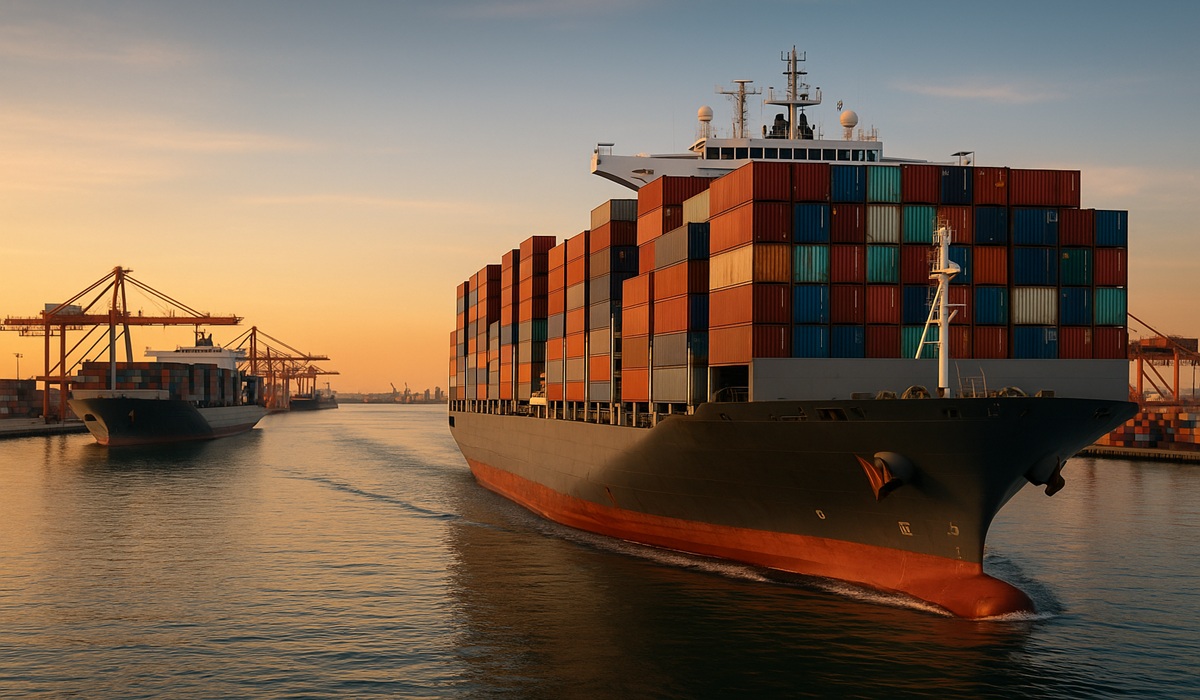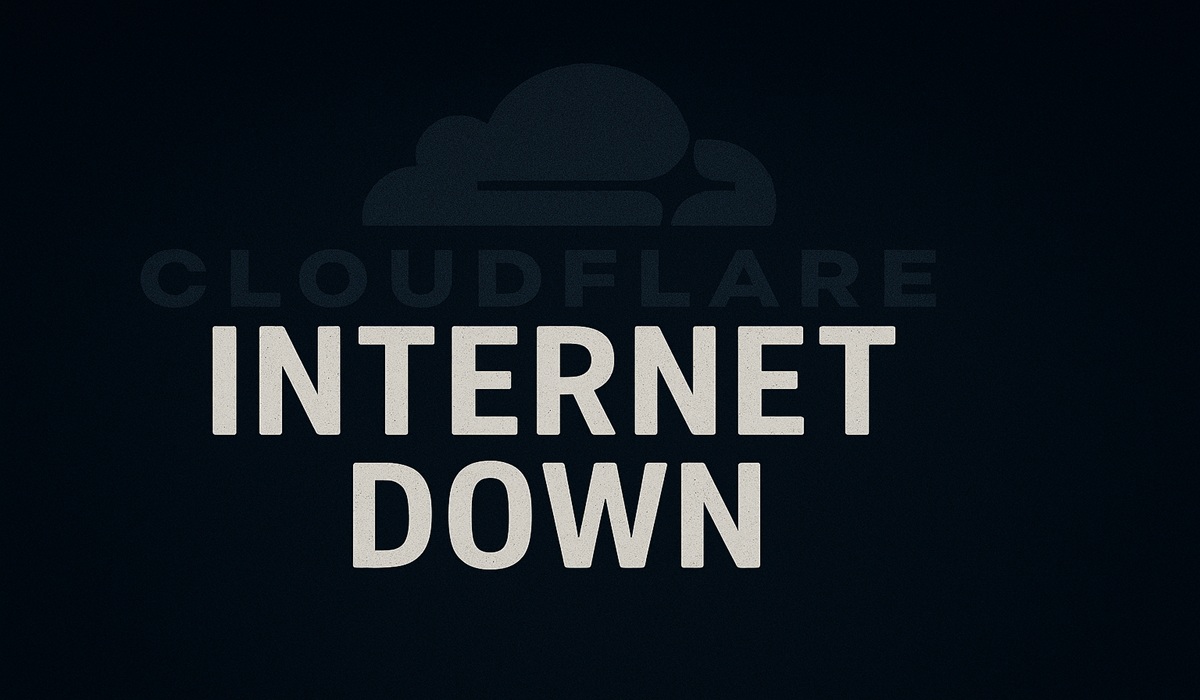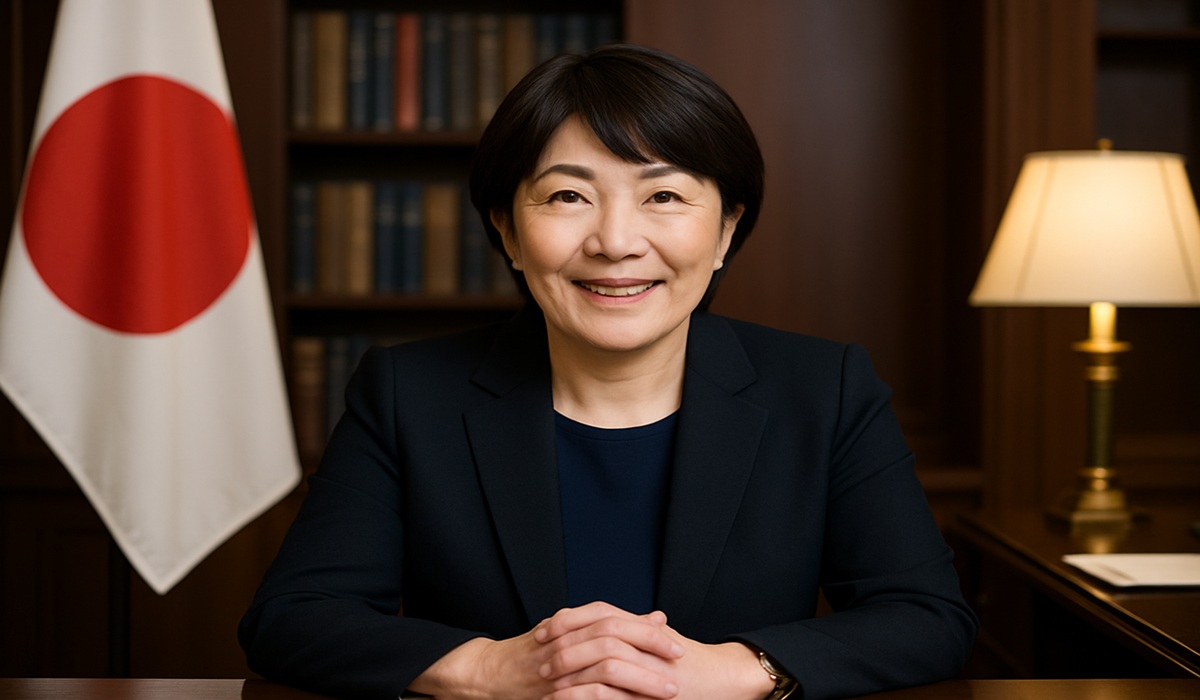EU to Halve Steel Import Quota and Double Tariffs to 50% Amid Global Trade Tensions
- Ingrid Jones
- Breaking News
- Europe
- October 8, 2025

The European Union has unveiled a sweeping new plan to protect its domestic steel industry by sharply cutting import quotas and doubling tariffs on steel imports that exceed those limits. The proposal, announced Tuesday in Brussels, will reduce the annual steel import quota by nearly half — to 18.3 million tons — and raise tariffs to 50 percent on any imports beyond that threshold.
The new measure, which still requires approval by EU member states and the European Parliament, is expected to take effect early next year. The European Commission said the decision was necessary to protect the continent’s steel sector from “market distortions and unfair competition,” citing a surge in global overcapacity and low-cost imports that have undermined local producers.
In recent years, Europe’s steel industry has struggled to remain competitive amid soaring energy costs, tightening environmental regulations, and increased dumping from foreign producers. Brussels argues the revised quota system will help restore stability and promote fair competition by aligning production with domestic demand.
The 50 percent tariff marks a dramatic escalation from the existing 25 percent penalty currently imposed on imports that exceed the EU’s quota. Analysts view this move as one of the most aggressive trade measures the bloc has introduced in decades.
The announcement, however, has drawn immediate criticism and concern from major trading partners, particularly South Korea — one of Europe’s largest steel suppliers. Seoul’s Industry Ministry warned that the new restrictions could have a “major impact” on South Korea’s steel exports, which rely heavily on European markets. A senior South Korean trade official is scheduled to meet soon with EU Trade Chief Maroš Šefčovič to present Seoul’s formal objections and discuss possible adjustments.
Beyond South Korea, several other steel-exporting nations, including Turkey, India, and China, are expected to be significantly affected by the change. Industry observers note that the timing and tone of the EU’s announcement suggest deeper strategic motives that go beyond economic protectionism.
Some international media outlets, including Bloomberg, report that the move is partly aimed at aligning the EU more closely with the United States in its trade stance against China’s industrial overcapacity. Washington has long maintained high tariffs on steel imports under Section 232 of its trade laws, and EU officials reportedly hope that mirroring U.S. policy could help revive stalled transatlantic trade talks.
At a World Trade Organization meeting in Geneva earlier this week, China reacted cautiously but firmly, urging WTO members to collaborate in addressing growing trade tensions and to uphold the principles of multilateralism. Beijing’s statement — supported by several WTO members — criticized unilateral protectionist measures and warned that they risk deepening divisions in the global trading system.
If approved, the EU’s new steel regime could trigger a cascade of economic and political consequences. For European steelmakers, it may provide much-needed relief after years of depressed prices and low utilization rates. For downstream industries such as automotive and construction, however, the policy could lead to higher material costs and potential supply disruptions.
The proposal’s approval process could also prove contentious. Lawmakers from countries with large manufacturing bases — including Germany and Italy — have already voiced concern about the ripple effects on their domestic industries. The European Automobile Manufacturers’ Association (ACEA) has warned that limiting imports could make steel more expensive for carmakers, threatening competitiveness and green transition goals.
Economists also caution that such a sharp quota cut could invite retaliatory measures or legal challenges at the WTO, where trade disputes over steel have long been a flashpoint. “The EU must balance legitimate industrial protection with its commitment to open markets,” said one Brussels-based trade analyst. “Otherwise, it risks fueling the same trade fragmentation it claims to oppose.”
While the measure’s final shape remains subject to negotiation, its intent is clear: Europe is moving toward a more assertive industrial policy that prioritizes strategic autonomy and alignment with key Western partners over traditional free-trade orthodoxy.
The next several months will determine whether this bold trade maneuver strengthens Europe’s industrial base — or sparks the next major trade dispute in an already fragile global economy.








